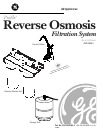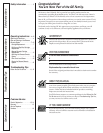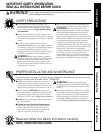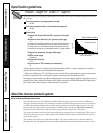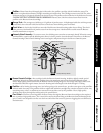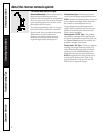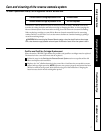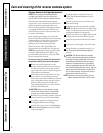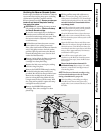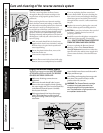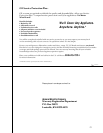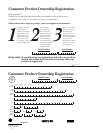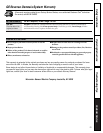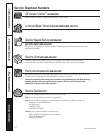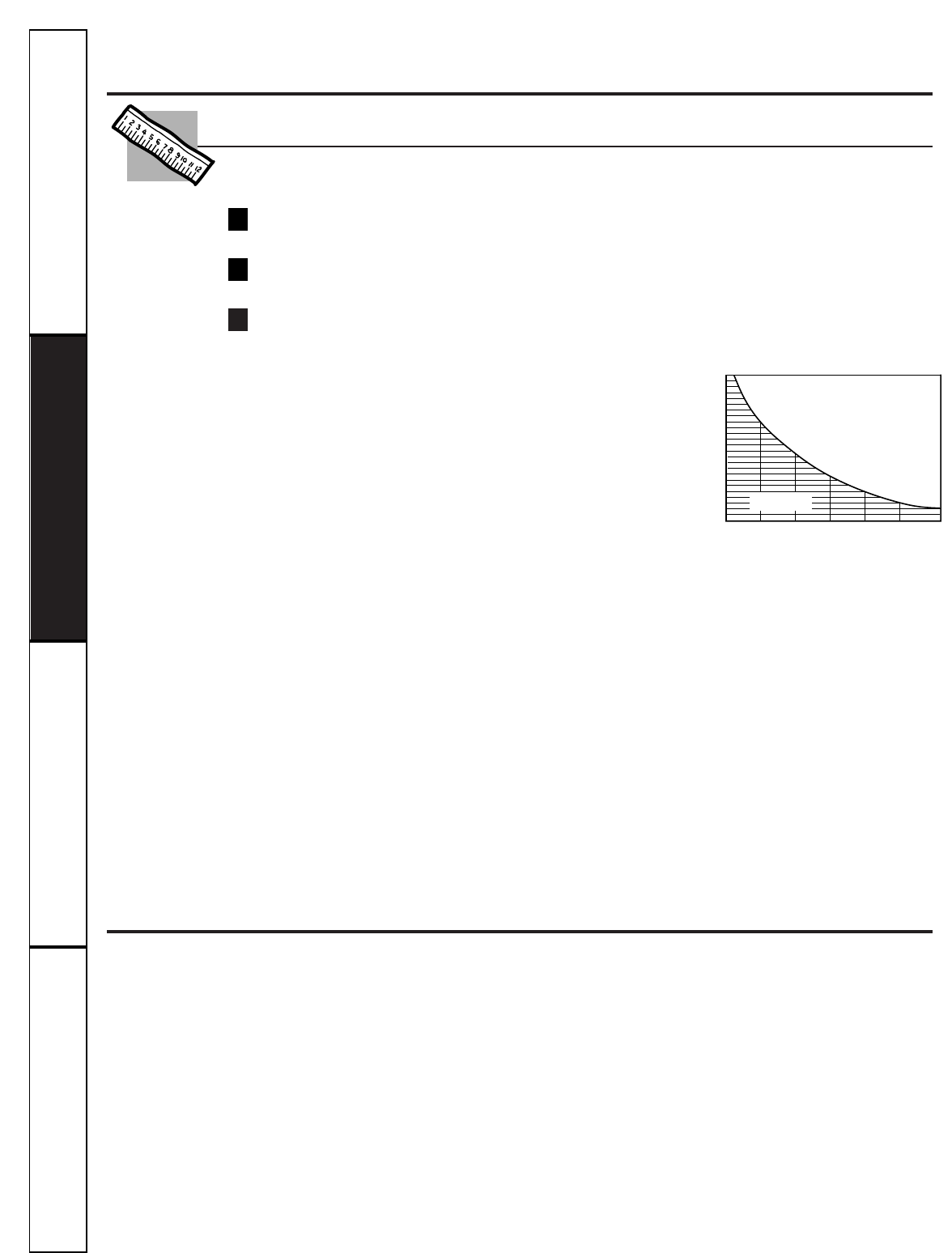
4
Specification guidelines.
About the reverse osmosis system.
What the Reverse Osmosis System Does
The system makes a good supply of drinking water each day. How much it will make depends primarily on
these things…
Feed water pressure—pounds per square inch (psi)
40–125
Feed water temperature limits—minimum/maximum degrees F.
40–100
Water quality
Maximum Total Dissolved Solids (TDS)—parts per million (ppm)
2000
Maximum water hardness @ 6.9 pH—grains per gallon (gpg)
10
For water with hardness greater than 10 grains (at 6.9 pH) the use
of a softener is recommended. Failure to install a water softener
will reduce the life of the Reverse Osmosis membrane. See chart
for additional information on the possible need for a water softener.
Maximum iron, manganese, hydrogen sulfide (ppm)
<0.1
Chlorine in water supply
Allowable*
Feed water pH limits (pH)
4–10
Percent rejection of TDS, minimum (new membrane)**
92
*Chlorine removed (maximum of 2.0 ppm) by the Reverse Osmosis prefilter…regular changing of the prefilter is
required. Chlorine will destroy the Reverse Osmosis membrane.
**Feed water at 50 psig and 77°F. with 750 ppm sodium chloride. Quality water production, amount of waste water
and percent rejection all vary with changes in pressure, temperature and Total Dissolved Solids.
On average you should expect your Reverse Osmosis system to be able to deliver 12 gallons of product per day, as
tested by Water Quality Association Standard S-300. Output according to ANSI/NSF Standard 58 is 10 gallons per
day. Process water used per gallon of water produced is four gallons.
3
2
1
Product – height 16″ width 17″ depth 6″
Reverse Osmosis removes Total Dissolved Solids (TDS) and organic matter from water by diffusing it
through a special membrane. The membrane separates minerals and impurities from the water and they
are flushed to the drain. High quality product water goes directly to the drinking water faucet or to the
storage tank. The system makes a good supply of drinking water each day
(
see
Specification guidelines)
.
How much it makes depends on the feed water supply pressure, temperature, and quality.
The system includes an electronic faucet assembly with an integrated water testing feature. When water is
taken from the faucet, a green indicator light means TDS removal is within the specified limits, and that
water quality is good.
The prefilter and postfilter are replaceable cartridges. The carbon prefilter removes chlorine while also
filtering sediments. The postfilter removes any other undesirable tastes and odors before you use the water.
Operating Instructions Safety InstructionsCustomer Service Troubleshooting Tips
Water Softener Chart
Incoming Water ph
WATER SOFTENER RECOMMENDED
INCOMING WATER HARDNESS (GPG)
60
50
40
30
2010
8
6
7
7.5
6.5
Water Softener
not required



